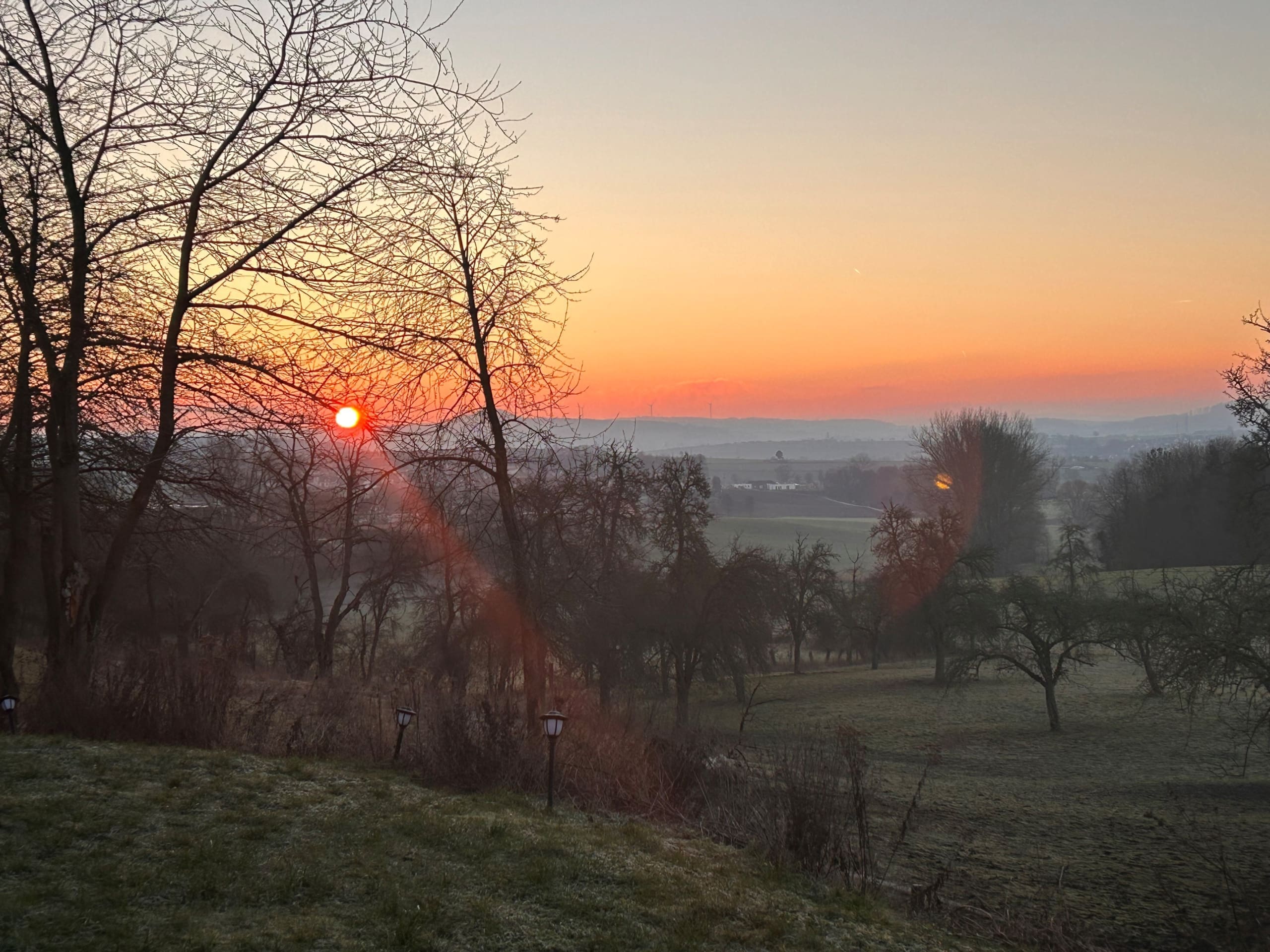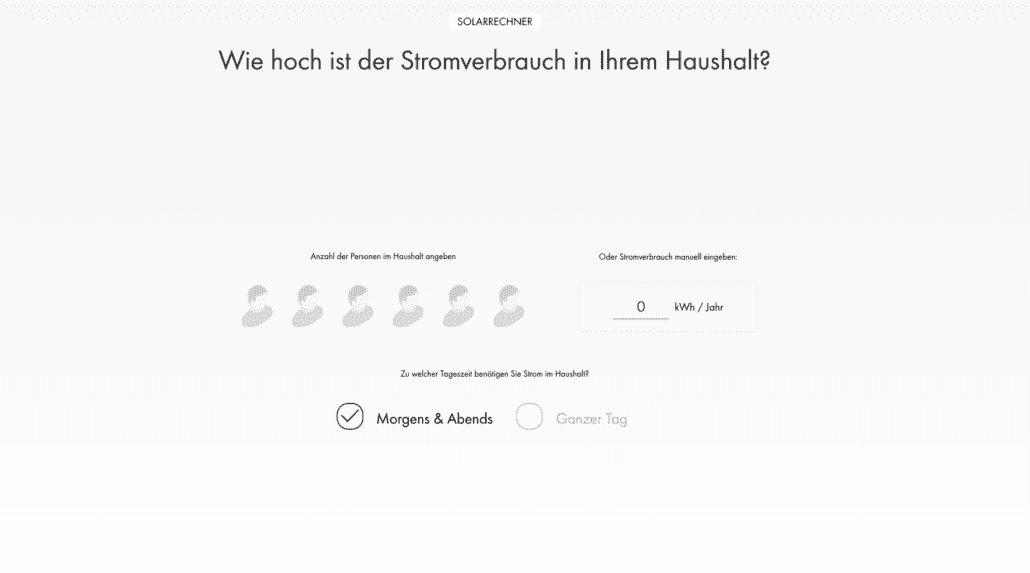To rent or to buy?
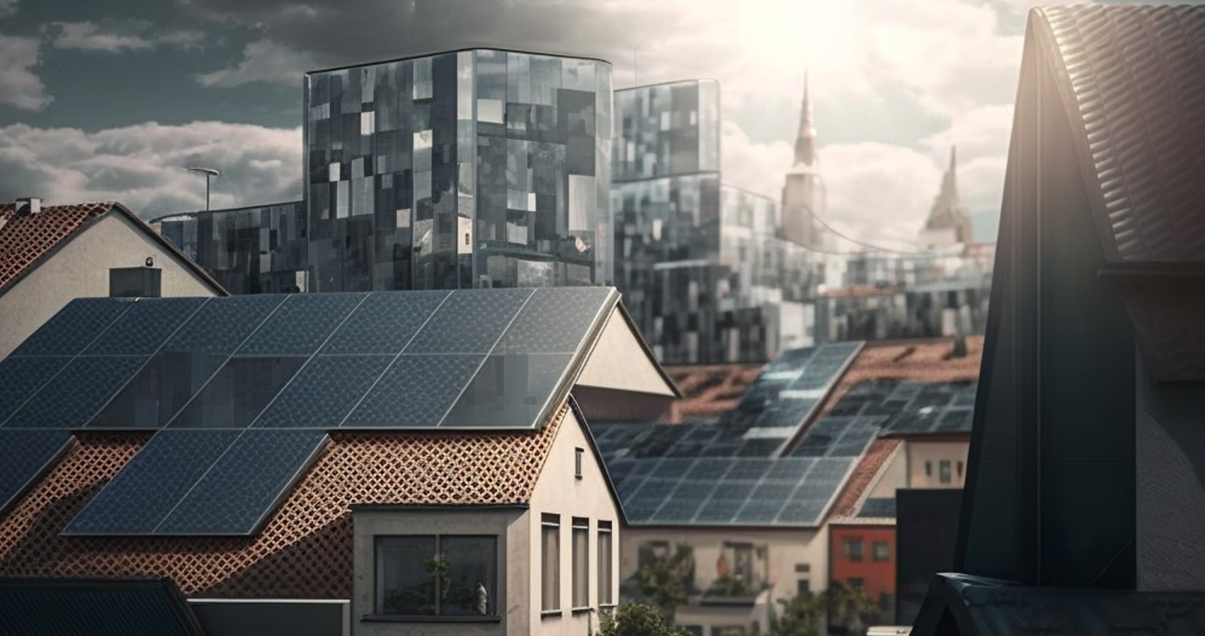
From era-defining change to the energy crisis, not to mention climate change, reading the news lately tends to give my morning coffee a bitter aftertaste. The arrival of the latest electricity bill doesn’t exactly give much cause for optimism, either. As I gaze out of the window and catch sight of the red morning sun, a light comes on in my mind: what about solar power? It’s now or never.
But what’s the best way to get hold of a PV system? Would it be better to invest in my own, or to rent one? Do I need to register my balcony-mounted miniature power plant anywhere? As the questions pile up, it soon becomes clear that getting a definitive answer is a tougher challenge than I had first thought. Since I’m already sitting at my laptop, I may as well begin my search on the Internet.
Looking for a free home PV system? Use our free solar power calculator now.
Photovoltaics: all-in-one package. So easy – just a few clicks away.
Electrified with excitement, I eagerly click link after link.
Light at the end of the tunnel
After an hour of research, I arrive at my first important conclusion: the Internet is perfectly adequate for getting an initial idea. However, there are just as many options* (box) available for using solar power as there are different providers.
If you live in Germany, a good place to go to get your bearings is Verbraucherzentrale, a consumer advice website, while Stiftung Warentest and Finanztip also offer comprehensive guides. Specialist publications such as PV Magazine allow me to explore technical details, while the SMA Solar Technology AGe association offers a free solar power calculator.
I’ve gathered quite a lot of information at this point, but the World Wide Web is proving something of a dead end. Time to make another cup of coffee and explore a different path.
Found: Personalized advice
With the second cup comes the second realization: I need comprehensive advice that addresses my specific requirements. Out of more than 10,000 building energy consultants in Germany, I finally strike gold. Introducing Jürgen Beul, building energy consultant from Kassel. “A good consultant will give you impartial advice on the various options available to you,” said the 54-year-old electrical engineer.
„Soon, I’ll be in charge of my own solar power”
– Jürgen Beul, building energy consultant from Kassel
Rent, not buy: An overview of the rental model
Purchasing your own PV system is much more cost-effective in the long run, but it’s a big investment. Many people therefore consider renting one instead. Above all, this model is convenient, because the providers take care of things like registering, installing and maintaining the system. Many even include a fixed-price guarantee – very useful when it comes to planning for the future.
Buy, not rent: An overview of the purchase model
The changes in the new year* (box) have made buying a PV system a more appealing prospect once again. A system should not cost any more than €1,800 per kWh, net. Depending on your own power consumption, a PV system producing 6 to 8 KW is generally enough to offset original costs of between €10,000 and €15,000.
The higher your self-consumption, the sooner the system will prove its worth. How long it takes for a system to pay for itself depends on the provider, but it should ideally be less than 20 years. The electric current fed into the grid currently brings in 8.2 cents per kWh, guaranteed for 20 years. Manufacturer warranties usually last for the same period. Before making a purchase, it’s worth taking a look at the small print. Estimates of the future price of electricity can vary widely between providers.
My journey to “Solar Guerilla” status
What a fantastic journey through the solar system. I’ve certainly got plenty of information at this point. Now, time to go out on the balcony and enjoy the sunshine. A miniature power plant would fit very nicely here. It produces 300 to 600 watts of power and usually comprises one or two PV modules. All the balcony needs is a normal socket – just plug it in and you’re done. If the system produces less than 600 watts of power, I don’t even need to register it with the grid operator.
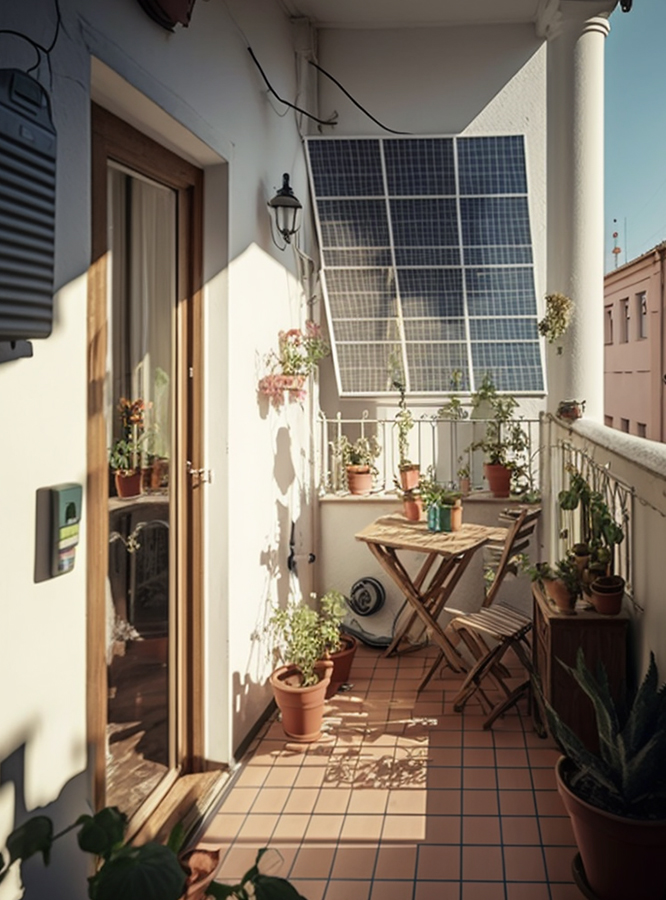
When the sun is shining during the day, I can charge my electronic devices, run the washing machine or cook. Over the year as a whole, that will save me €50 to €100 on electricity costs. Since value-added tax ceased to apply at the start of this year, such systems have become even more affordable. A system producing 300 watts costs around €600 – an investment I’d be happy to make.
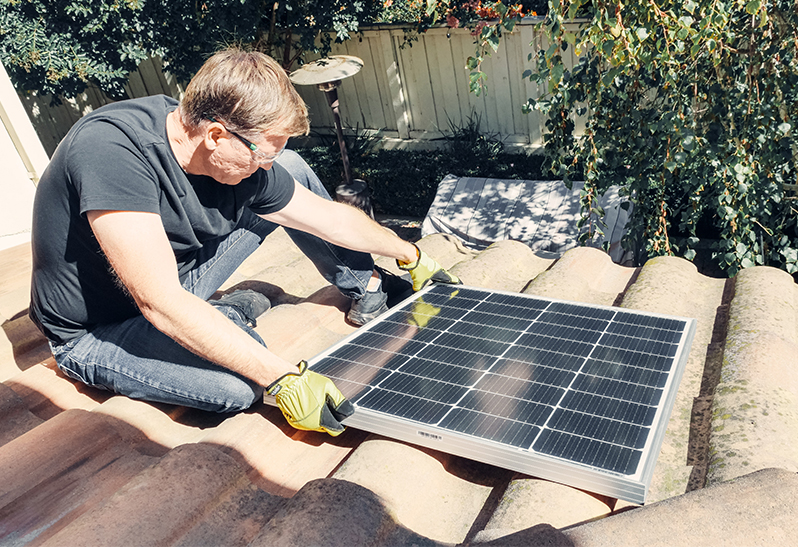
Now I know that I want to become a “solar guerilla” just like Jürgen Beul. He and his fellow campaigners became probably the first solar guerillas in Kassel, Germany, with their DIY system. I’d like to do something similar and order myself a miniature balcony-mounted power plant. “Soon, I’ll be in charge of my own solar power”, I think to myself as I stand on the balcony basking in the warm red glow of the morning sun.


